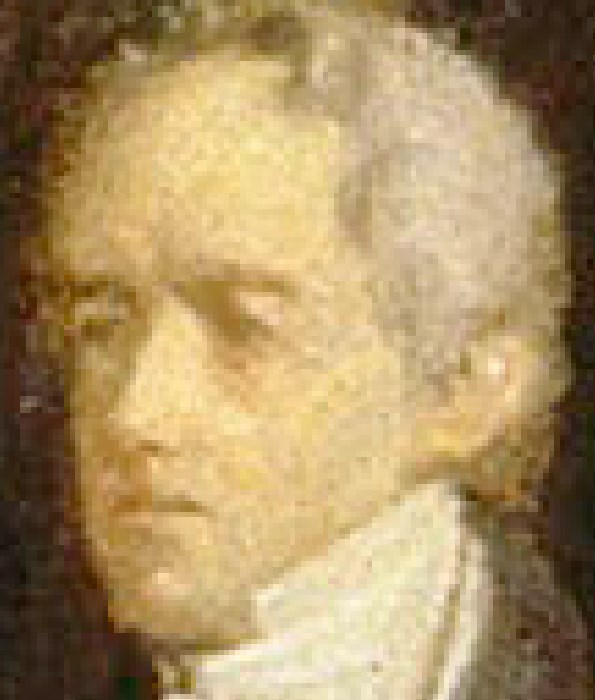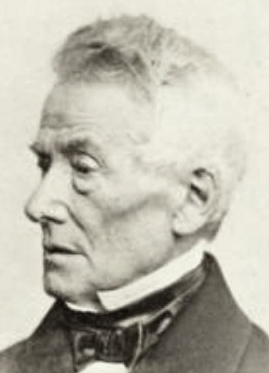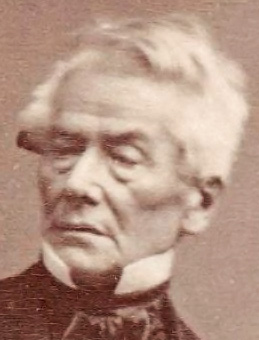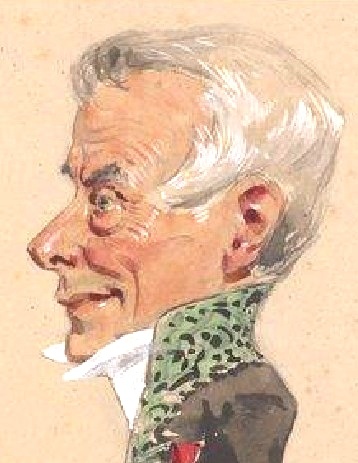François-Joseph Heim (1787–1865), painter and portraitist
1st image: Soirée; 2nd: by Reutlinger (c.1857); 3rd: by Nadar (c.1862); 4th: caricature by Eugène Giraud drawn June 8, 1855 at Nieuwerkerke's soirée. (Alternative: Löwenhielm)
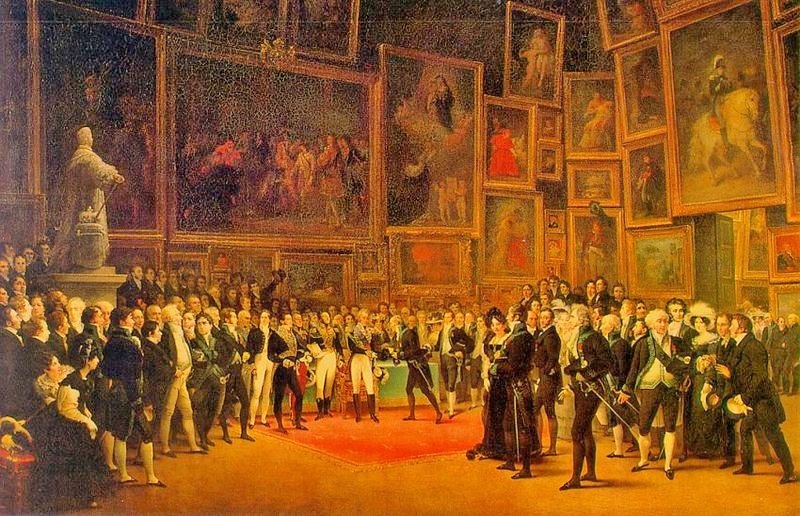
(Heim, 1827)
Studying alongside Horace Vernet31 at the turn of the century, François-Joseph Heim gained recognition for his grand historical, political, and religious paintings.
His ability to capture realism and likeness made him famous, particularly through works such as King Giving Away Prizes at the Salon of 1824 and Louis-Philippe Receiving the Members of Congress at the Palais-Royal (1834).
Though his traditional academic style sometimes drew criticism from romantic painters, Heim significantly influenced artists like Delacroix10 and Biard36.
In 1834, he was inducted into the Academy (l’Institut) and embarked on a series of portraits of fellow members —including de Nieuwerkerke16, Saulcy69, and Ingres39.
Among his vast collection of over two hundred portraits, the one of Frédéric de Mercey22 remains particularly remarkable, as it is the only known depiction of him.
Heim also explored caricature, notably sketching Pradier03, which later inspired the young Eugène Giraud11.
His popularity surged in the late 1840s with multiple commissions, including the frescoes at the Church of Saint-Sulpice. By the Salon of 1855, no fewer than sixteen of his works were exhibited. He was awarded the Officer title of the Legion d'Honneur on November 14 that year. His prior insignia of the Chevalier level would match the person depicted in the painting.
It was likely Heim’s artistic prominence (together with de Nieuwerkerke's desire to have a monumental painting) that influenced François Biard in structuring Une Soirée au Louvre after Heim’s compositions.
Critics remarked that Biard appeared haunted by Heim’s artistic legacy during the creation of Soirée, yet with less-than-stellar results.
From his two marriages —first to Jeanne Régnier and later to Élise de Malbourget— Heim left behind a daughter, Joséphine, who married poet Pierre-Achille Meunier, and a son, Joseph-Eugène.
A close friend of Edgar Degas, Joseph-Eugène won the Grand Prix d’Architecture at the Academy in 1857 for his design of a faculty of medicine building.
